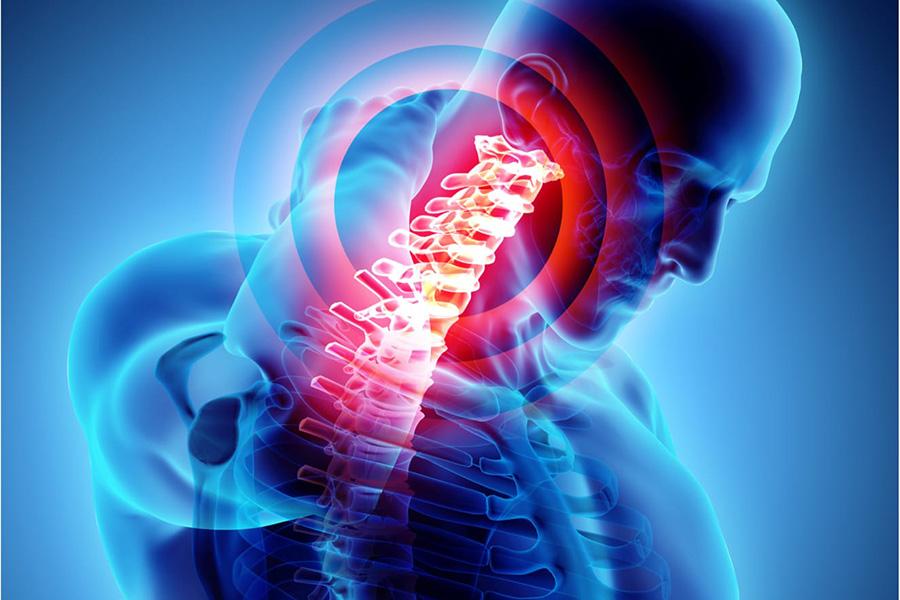Risks of Opioid Use Drive Search for New Treatments
The ongoing opioid crisis has underscored the risks associated with long-term opioid use for chronic pain conditions. While opioids can provide effective short-term pain relief, regular use carries the risk of both abuse and physical dependence. The desire to minimize these risks has led to a surge of research into alternative pain treatment options that don't carry the same risks as opioids. Non-opioid options now under investigation range from therapies targeting the underlying causes of pain to new medications and devices that modulate pain signals.
Neurostimulation Techniques Show Promise
One promising avenue is the use of neurostimulation techniques to disrupt pain signals travelling to the brain. Spinal cord stimulation (SCS) involves the implantation of electrodes along the spine that deliver mild electrical pulses to override pain signals. Multiple clinical trials have found SCS significantly reduces back and leg pain when used to treat failed back surgery syndrome and complex regional pain syndrome. Similarly, vagus nerve stimulation (VNS) uses implanted electrodes wrapped around the vagus nerve in the neck to modulate pain perception. This has shown success reducing frequency and intensity of headache and migraine episodes. Transcutaneous electrical nerve stimulation (TENS) is a non-invasive version that applies electrical stimulation to pain sites through electrodes placed on the skin. TENS units are already commonly used to help manage labor pain, lower back pain, arthritis and other conditions.
Advances in Targeted Drug Delivery
While many Global Non-Opioid Pain Treatment drugs exist for pain, targeted delivery methods aim to enhance their effectiveness and reduce systemic side effects. Intrathecal pumps directly infuse pain medications like ziconotide, clonidine or baclofen into the fluid surrounding the spinal cord. This allows much lower doses than oral administration while still achieving therapeutic effects. More advanced drug-device combinations embed tiny drug depots within dissolvable medical devices placed near peripheral nerves. As the device gradually dissolves over weeks, it releases a steady, localized dose of non-opioid analgesics like dexamethasone, liposomal bupivacaine or tetracaine. In clinical studies, these procedures have provided relief from postsurgical, cancer and neuropathic pain for months at a time with fewer side effects than oral medications.
Cell-Based Regenerative Therapies Come of Age
For acute or chronic pain stemming from injuries or degraded tissues, regenerative therapies aim to repair damage and restore normal function. Platelet-rich plasma (PRP) injections concentrate a patient's own platelets, which release growth factors to stimulate healing of muscle, ligament and tendon injuries. Early data found PRP reduced pain and disability more than corticosteroid injections for knee osteoarthritis. For back pain, researchers are investigating transplantation of stem cells from fat tissue or bone marrow into damaged discs to potentially re-grow cartilage and relieve pressure on nerves. These cell therapies are also being explored after spine, joint replacement and dental surgeries to augment natural healing and reduce postsurgical pain.
Get more insights on Global Non-Opioid Pain Treatment

